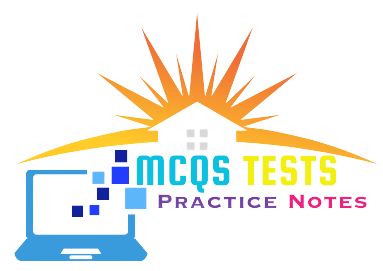IMPORTANTS NOTES OF PHYSICAL EDUCATION FOR PPSC IN PDF,Most repeated questions in past papers.
“The Strategic Promotion of Physical Activities in Adapted Physical Education”
1.1 Introduction
Education is the process of facilitating learning, or the acquisition of knowledge, skills, values, believes and habits.
“Physical Education is essential to the development of motor skills and the enhancement of reflexes. Hand-Eye co-ordination is improved as well as good body movements, which helps in the development of healthy body posture. Physical education teaches students the importance of physical health. Physical education is defined as the development of physical and motor skill, fundamental motor skills and patterns, Skills in dance and individual games and sports” (Auxter.D, Pyfer.J, Zittel.L & Roth, 2010).
Adapted physical education is physical education which has been adapted or modified, so that it is as appropriate for the person with a disability as it is for a person without a disability. Adapted physical education is the art and science of developing, implementing, and monitoring a carefully designed physical education with instructional program for a learner with a disability based on a comprehensive assessment, to give the learner the skills necessary for a lifetime of rich leisure, recreation and sport experiences to enhance physical fitness and wellness.
“Adapted physical education is the physical education to meet the needs of children with disabilities” (Libermen, 2010).
People with disabilities can be introduced to sports activities and participate in those activities in settings that may range from totally separate, with no participation of non-disabled, to completely integrated environment (Sherrill, 2004).
The benefits of physical activity are universal for all children, including those with disabilities. The participation of children with disabilities in sports and recreational activities promotes inclusion, minimizes de-conditioning, optimizes physical functioning, and enhance overall well-being. Despite these benefits, children with different disabilities are more restricted in their participation, have lower levels of fitness, and have higher levels of obesity. Physicians and parents may overestimate the risks or overlook the benefits of physical activity in children with disabilities. Well-informed decisions regarding each child’s participation must consider overall health status, individual activity preferences, safety precautions, and availability of appropriate program and equipments. Health supervision visits afford physicians, children with disabilities and parents’ opportunities to collaboratively generate goal-directed activity “prescriptions.” Children, family, financial, and social barriers to participation need to be directly identified and addressed in the context of local and state laws. The goal is inclusion of all children with disability in appropriate activities. This clinical report discusses the importance of physical activity, recreation and sports participation for children with disabilities and offers practical suggestions to pediatric health care professionals for the promotion of participations.
Persons with disabilities are as much integral to the nation as any other citizens. Hundreds of thousands of persons suffer from one disability or the other and yet most of them are well talented, provided suitable opportunity and support is afforded to them. Even the mentally retarded deserve the nation’s support to help them develop their ability and contribute their mite for the nation and live a life with dignity. According to the census of Pakistan 2017-18 total population exceeding 212.7 million people world’s sixth-most populous country with an estimated nine million people have some form of hearing loss. Of these, less than 5% out of 1 million deaf children currently attend school and many more who does not attend the school.
